The planning and construction of inner city playgrounds
Large cities have many amenities. Shops, museums, and opera houses provide an infinite amount of entertainment for people living in a big city. But, let’s be honest; kids usually don’t like to shop, go to museums or attend operas. They like to play. It doesn’t matter whether a child has money like Richie Rich or if they have none at all, a child still likes to play.
For this reason, playgrounds need to be built to provide children with the outlet they need, especially in inner cities and depressed areas throughout the United States.
When building a playground in an area of high crime, what precautions need to be taken to keep our children safe? With safety being the number one concern, playground builders and city planners raise this question when drafting their plans for building playgrounds in inner-city areas.
Diane Tradd, a landscape designer who works for the city of Lowell, Mass., says part of ensuring safety has to do with the selection of equipment. “We avoid tunnels or other equipment that provides places for people to hide, sleep, drink or do drugs.”

Kate Becker, the National Director or Program Management at KaBOOM!, a non-profit organization that works with neighborhoods and corporations to provide play equipment to areas lacking playgrounds, says that building a play area in a place where police cars can drive by and monitor the site, where neighbors can keep an eye on the playground as well as ensuring that the area has sufficient lighting all contribute to the safety of the playground. Becker also feels that playgrounds should be supervised, thus preventing unnecessary injury if a child misuses playground equipment. She also feels that barricading the playground off from parking lots and areas with enormous amounts of traffic contributes to keeping the children safe. Planning on how to keep the children safe comes after the funding for the playground has gone through, but how does a city get funding for a playground in the first place?
Many inner city or depressed rural areas receive funding from non-profit organizations or through federal grants to have their playgrounds built. As mentioned, the non-profit organization KaBOOM! has become one of the primary builders of playgrounds in depressed areas as well as building for children’s hospitals, child care centers and health clinics. Becker says when deciding where to build a playground, several factors come into play. KaBOOM! first looks for a ‘Community Partner,’ someone who will work with KaBOOM!, the funding party and the neighborhood to produce volunteers to help before and during the build, as well as make a financial contribution to the play area and prepare the site for the build.
These Community Partners also need to oversee the upkeep of the grounds and supervise the children playing on the equipment upon completion of the playground. Other criteria Community Partner candidates must meet to have a playground built include, economic disadvantage, a need for playgrounds in that particular location and the number of children residing in a neighborhood. The Community Partner must also have possession of the land, which according to KaBOOM! should at least be a 40 by 40-foot space. In order to become a KaBOOM! Community Partner, one has to be willing to go through an extensive review process. The application involves submitting a ‘Getting Started Kit’ or using the ‘Playground Planner’ on the KaBOOM! Website. KaBOOM! then looks at the Getting Started Kits and the Playground Planners to determine if any of the entries would meet the criteria for building a playground. The competitive selection process employs the use of many people to review the candidates who wish to become Community Partners. “Sometimes,” Becker says, “If we do not have a community partner in a particular city or town where we are looking or a community that is good for the project, we then begin to outreach to find the right partner.”
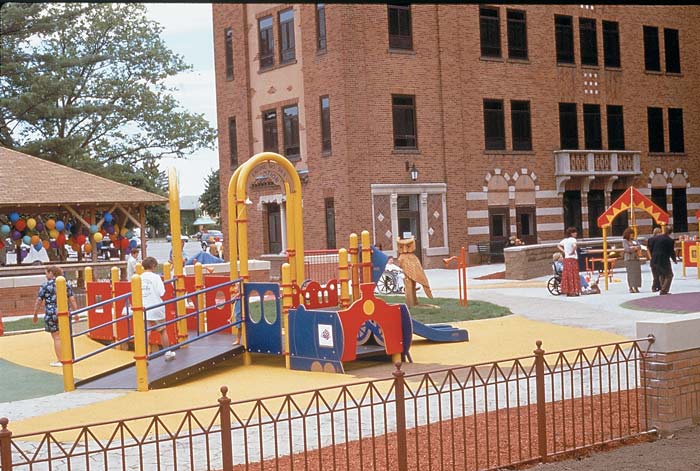
KaBOOM! also gives those interested in building a playground the opportunity to attend the KaBOOM! Playground Institute, a three-day seminar on how to plan a playground, fundraising matters, safety issues, etc. as well as some hands-on experience with building a playground. Another form of funding urban playgrounds comes from federal grants.
The Urban Park and Recreation Recovery Program, established by the U.S. Congress in 1978, provides funds to areas whose parks either need to be refurbished or require new equipment altogether. The grants only seem to be available to those living in 13 northeast states and the District of Columbia, but the UPARR Web site states that “Other jurisdictions located in Metropolitan Statistical Areas may be found eligible to compete in the program as “discretionary” participants based on census criteria.” This comes as good news to children living in the inner city areas of Chicago or Kansas City who need a playground in their neighborhood. Their community may apply and attempt to get federal funds to build a play area near their home. Another way to apply for federal funds would be through the Department of Housing and Urban Development. Since 1974, HUD has awarded Community Development Block grants to fund job training for welfare-to-work programs, to provide assistance to low-income homebuyers and yes, to build and refurbish playgrounds.
Tradd says that many of the funds used to design and construct playgrounds in Lowell, Mass. come from CDBG grants. Once the funding has been received and the safety issues discussed, what type of equipment should be built in an urban area? Most people in the playground industry suggest steel systems as being the best form of equipment to build in an inner city area.
Landscape Structures, Inc. manufactures playground equipment called Steel X. This equipment consists of galvanized steel covered with a powder-coat paint that can endure severe weather conditions. These steel structures stand up against vandalism and foul weather. Universal Play Systems, Inc. also offers a steel play system called KidBuilders Steel. These play systems, built for children ages 5-12, come in seven different styles and in a variety of colors. Universal Play Systems recently added a stainless steel spiral slide to their KidBuilders Steel collection.
Building a playground in an inner city can benefit many children living in the area as well as give the community a sense of fulfillment knowing that they provided a play area for their children.
For more information, visit:
- http://kaboom.org/ (KaBOOM!)
- http://www.nps.gov/phso/uparr.htm (Urban Park and Recreation Recovery Program)
- http://www.hud.gov/progdesc/cdbgent.cfm (HUD Community Block Grants)



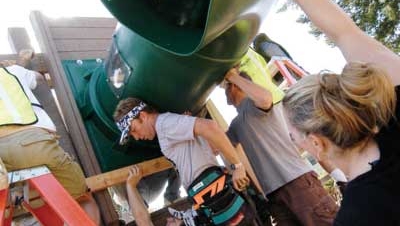
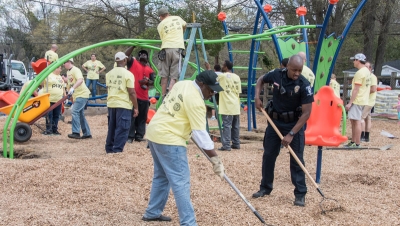

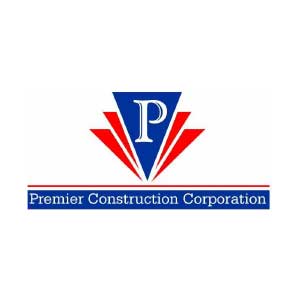


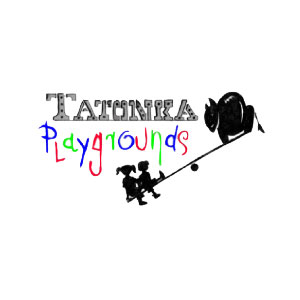





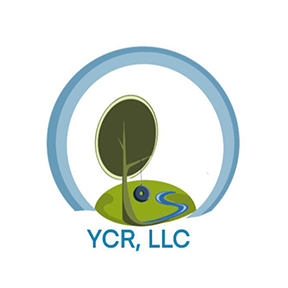

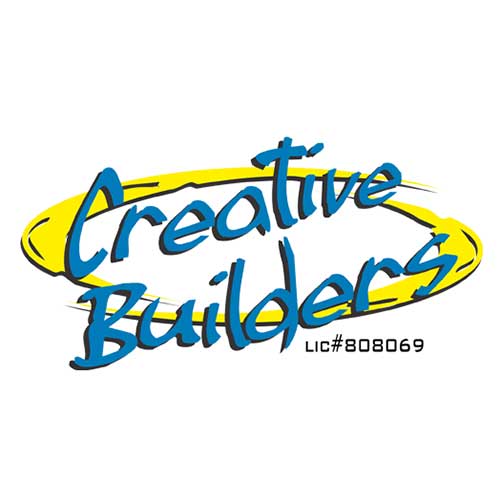
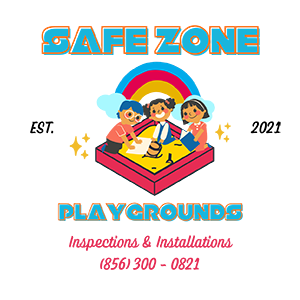

Add new comment